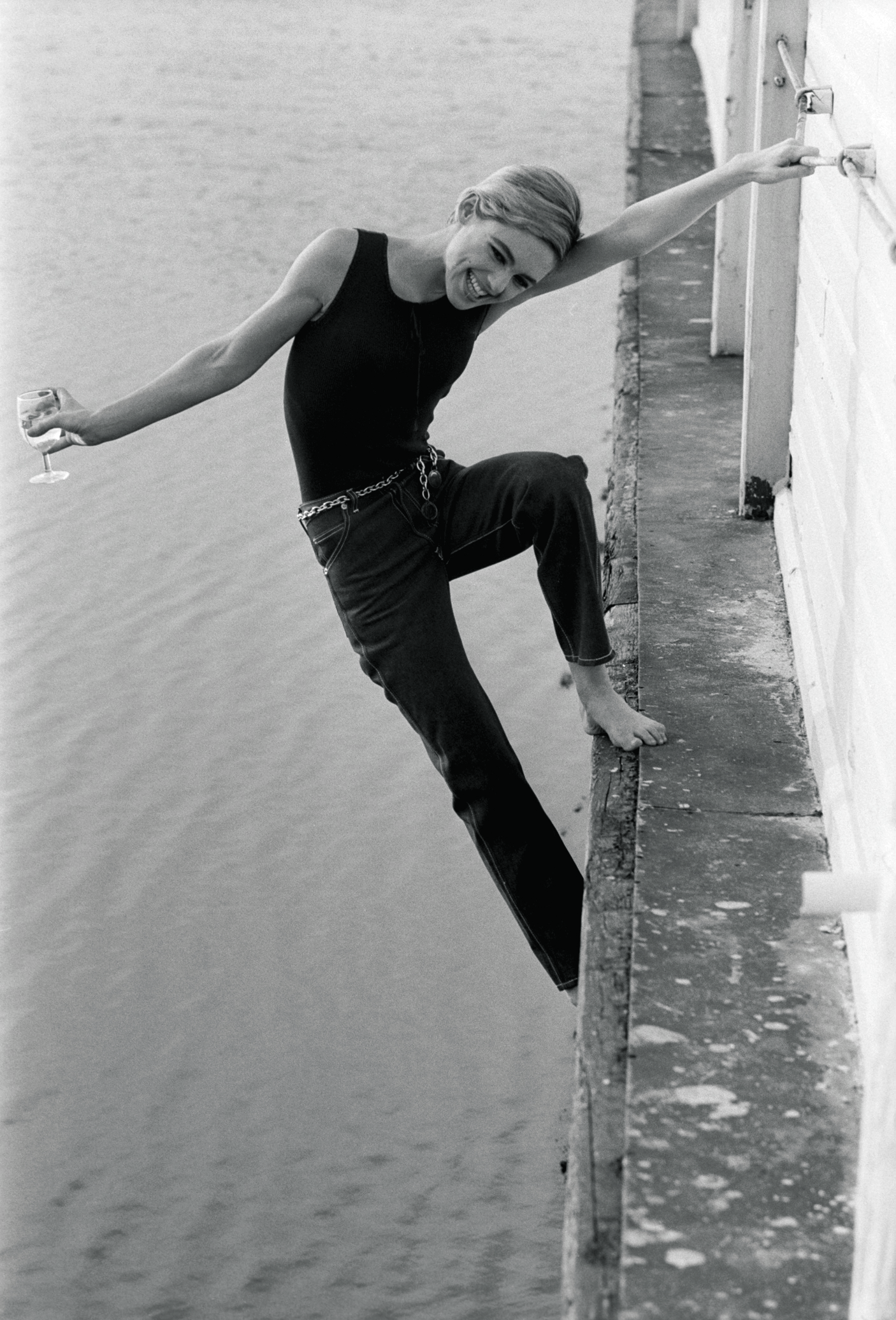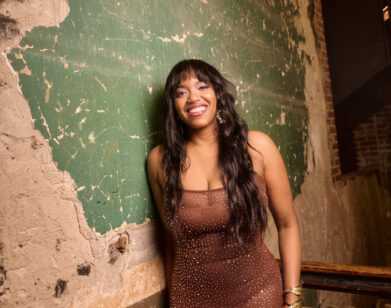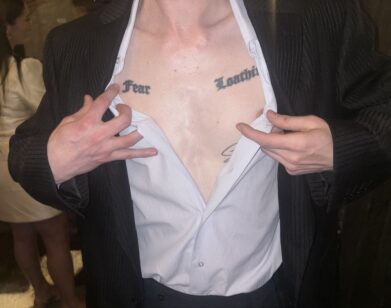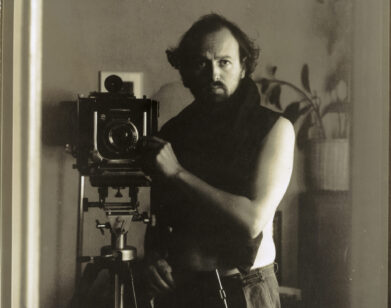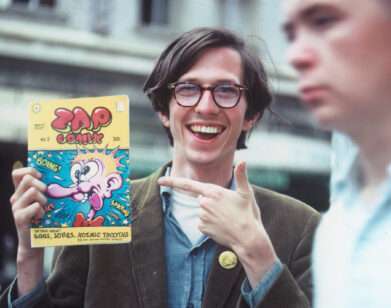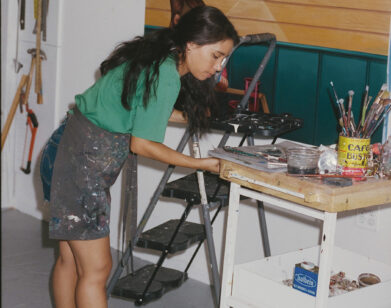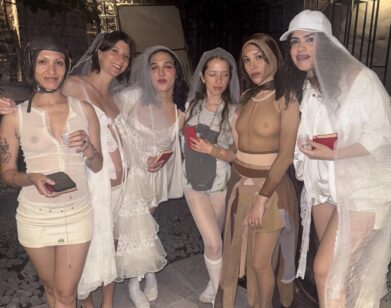Edie According to Jane
Of all of the ephemeral superstars created in Andy Warhol’s factory, perhaps none are quite as loved as Edie Sedgwick. The ‘60s it girl was, as Vogue so aptly put it, a “youthquaker”—trendsetting with her affinity for thick black eyeliner, false eyelashes, opaque tights and boatneck sweaters. With the NARS Edie Sedgwick Collection in honor of Andy Warhol, we can finally perfect that defined eye and pouty nude pink lip and attempt to channel our favorite socialite. The “Ciao Manhattan” actress embodied the downtown chic of Warhol’s factory, which she started visiting regularly after meeting Andy in 1965 and starring in his films soon thereafter.
Here, a piece from our archives in which Interview questions another of Andy’s superstars, Baby Jane Holzer, on the magic of Edie.
Edie Sedgwick was untrained in everything except in life. She blew into New York City in 1964 from Santa Barbara, California, by way of Boston and landed smack in the middle of Andy Warhol’s universe; with her effortless sense of style and hunger for adventure, she quickly became the artist’s favorite muse. In her brief stay in the spotlight, Edie left an unforgettable mark with a sense of style that’s still turning heads. Everywhere you look, she’s there: limited edition cosmetic lines, the movie Factory Girl, starring Sienna Miller; and not one, but two current photo biographies–Edie: Girl on Fire (Chronicle) and Edie: Factory Girl (VH1 Press). “The girl with the black tights”–as Life once dubbed her–no doubt would have approved of the attention. INTERVIEW asked her Factory contemporary and Ciao! Manhattan (1972) co-star “Baby Jane” Holzer, Why Edie? Why now?
Edie Sedgwick emotionally represents and has come to symbolize something that young people believe is missing from their lives today: the pure authenticity and personal freedom of the 60s. These were the legendary “silver 60s,” embodied by the edgy New York underground experiences. It’s easy to see why young people today are drawn to her. After all, they feel deprived of certain freedoms–sexual, emotional, experiential–and they’re haunted by all the dangers and threats that engulf their daily lives. The smart ones know and resent how everything is marketed to them until it all feels the same. They see a world where nothing is spontaneous or authentic, and they yearn for a time when things were “real.” Edie incarnates all that–the paradise lost, the Camelot. It WAS a simpler time. It WAS fun. None of us knew that anyone would become so famous or die so young. We were just out having a good time. Crazy, right?
-Jane Holzer

